The Serbian capital of Belgrade has quite the reputation, particularly for its budget nightlife. But Belgrade is much more than just a place to party and drink. It’s a city with one foot in the past and the other in the present, making it an essential stop on any good Balkans itinerary.
As the largest city in the country and a destination full of character and culture, Belgrade is ideal for a Balkans city break. The best places to visit in Belgrade include historic landmarks, modern places of worship, and local hotspots. Follow our Belgrade itinerary to see exactly what to do in Belgrade in two days.
Best Time to Visit Belgrade
As with most destinations, the timing of your trip is an important factor for making the most of your 48 hours in Belgrade. When working out the best time to visit Belgrade, you need to consider the weather as well as the high and low tourism seasons.
Belgrade experiences four seasons, but they’re more extreme than you might expect. High season in Belgrade is July through September, with exhaustingly hot days throughout. Since September falls outside of the typical European high season, this could be a good time to go if you want sunny weather.
However, a better time to go is the shoulder season, when good weather and fewer tourists make the visit more comfortable and affordable. Look to visit sometime in April through June or even in October. A winter visit is much less appealing, as even the occasional Christmas market can’t make up for the short days and bitter cold.
How to Get Around Belgrade
While Belgrade is the largest city in the Balkans, you’ll mostly stick to the historic center and downtown area, so you probably won’t need to make your way right across the city. You’ll likely spend most of your time visiting Belgrade on foot.
Public transport could make it easier to get around at times, though. Belgrade has a network of buses, trolleys, and 11 tram lines, with Line 2 following a circular route around Stari Grad (the historic city center). You’re most likely to use the buses, though, which you can often catch at the station by Zeleni Venac. You can buy the Bus Plus card, which works for each public transport method, at kiosks throughout town. Prices start at 89 Serbian dinars (about 83 cents) for a ticket that lasts 90 minutes.
Belgrade Nikola Tesla Airport is roughly 20 kilometers outside of the city. The easiest way to the city center is with the A1 airport shuttle bus, which leaves once or twice an hour (depending on the time of day) and makes the journey in about 45 minutes. Tickets cost 300 dinars, and luggage space is limited. Your other option is to take a taxi or arrange a private transfer.
Where to Stay in Belgrade
Naturally, you’ll want to stay somewhere conveniently located for your weekend in Belgrade. The best places to stay in Belgrade put you right among the attractions you’ll visit, letting you comfortably walk to many of the spots on this itinerary.
When you’re deciding where to stay in Belgrade, consider neighborhoods in the downtown area. Anywhere in Stari Grad is a good bet, but accommodations close to the Terazije and Skadarlija neighborhoods are even more convenient, being near major sights as well as good dining options.
Life Design Hotel, which is just up the road from Terazije, is a good choice for various needs and budgets. This four-star hotel boasts comfortable rooms, huge suites, and a luxurious spa.
Belgrade is an ideal destination for budget travelers, offering many options for cheap accommodation, whether you want a cozy hostel or one with a party atmosphere. A perfect example of a clean and quiet hostel in Belgrade is Up Hostel, which boasts a great location and welcome bonuses such as balconies and air conditioning.
If you want a bit more private space, consider renting an apartment on Airbnb. These apartments are often cheaper than your average hotel room and include facilities such as a kitchen to help you further cut down on costs. For apartment recommendations check out our list of the best Airbnbs in Belgrade.
For more accommodation options in Belgrade, check out Booking.com. This site consistently offers the best rates, and its customer service is on point.
The Perfect 2-Day Belgrade Itinerary
Belgrade is full of fascinating attractions and fun things to do, so you’ll really need to plan ahead. That’s where this Belgrade travel itinerary comes in. We’ll take you through all the best things to do in Belgrade, starting with the historic Stari Grad district before moving on to the downtown area. By moving around the city, you’ll get a sense of Belgrade’s past as well as what makes the modern city tick.
However, before we get to our Belgrade itinerary, we just wanted to remind you to purchase travel insurance. You never know what will happen and, trust us, you do not want to get stuck with thousands of dollars in medical bills. As a wise man once said, “If you can’t afford travel insurance, you can’t afford to travel.” So don’t leave home without it.
SafetyWing offers travel insurance for only about $10 a week, making it a no-brainer to get. You can get a quick, non-binding quote below:
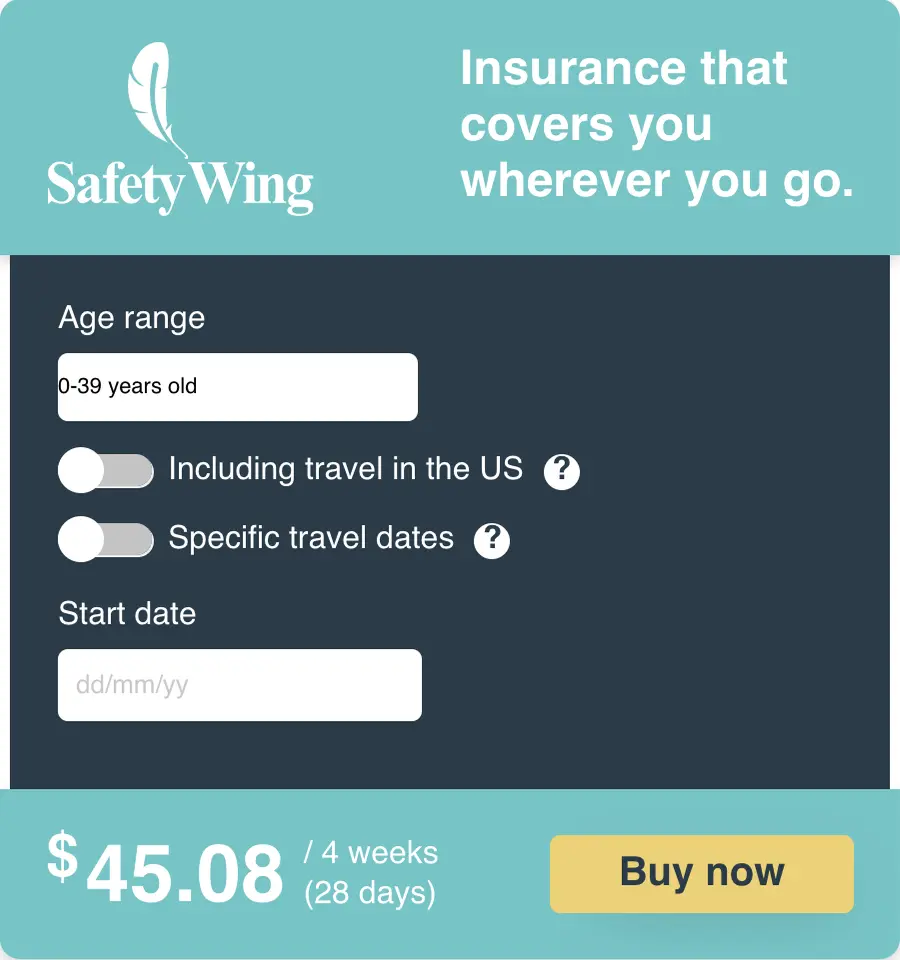
SafetyWing is, of course, not the only option available. Two other popular alternatives are World Nomads and Heymondo.
Now that you’ll be covered should the worst happen, let’s get to the good stuff – our Belgrade travel itinerary and all the fantastic things you can do with two days in Belgrade.
Day 1 in Belgrade
To ease into the visit, we’ll start with the sights around Belgrade’s historic center, Stari Grad. You’ll see not only the best of Belgrade in terms of historical sites, but also where locals go to have fun.
Recommendation: If you want to learn more about the history of Belgrade, consider taking a walking tour with a local guide. Our favorites are the Panoramic City Tour and the Red Belgrade Communist Tour.
Knez Mihailova Street
Running right through the middle of Belgrade’s historic center is Knez Mihailova Street. Even if you don’t start here, you’ll walk along this pedestrian street at least once during your visit. That’s partly because of the many shops and cafes along it and down its side streets and passages, but also because it connects several of Belgrade’s main attractions.
The street is also lined with some of the city’s grandest buildings, showcasing all sorts of impressive Baroque, art deco, and art nouveau architecture. This really gives the sense that Belgrade was once a major player in Europe.
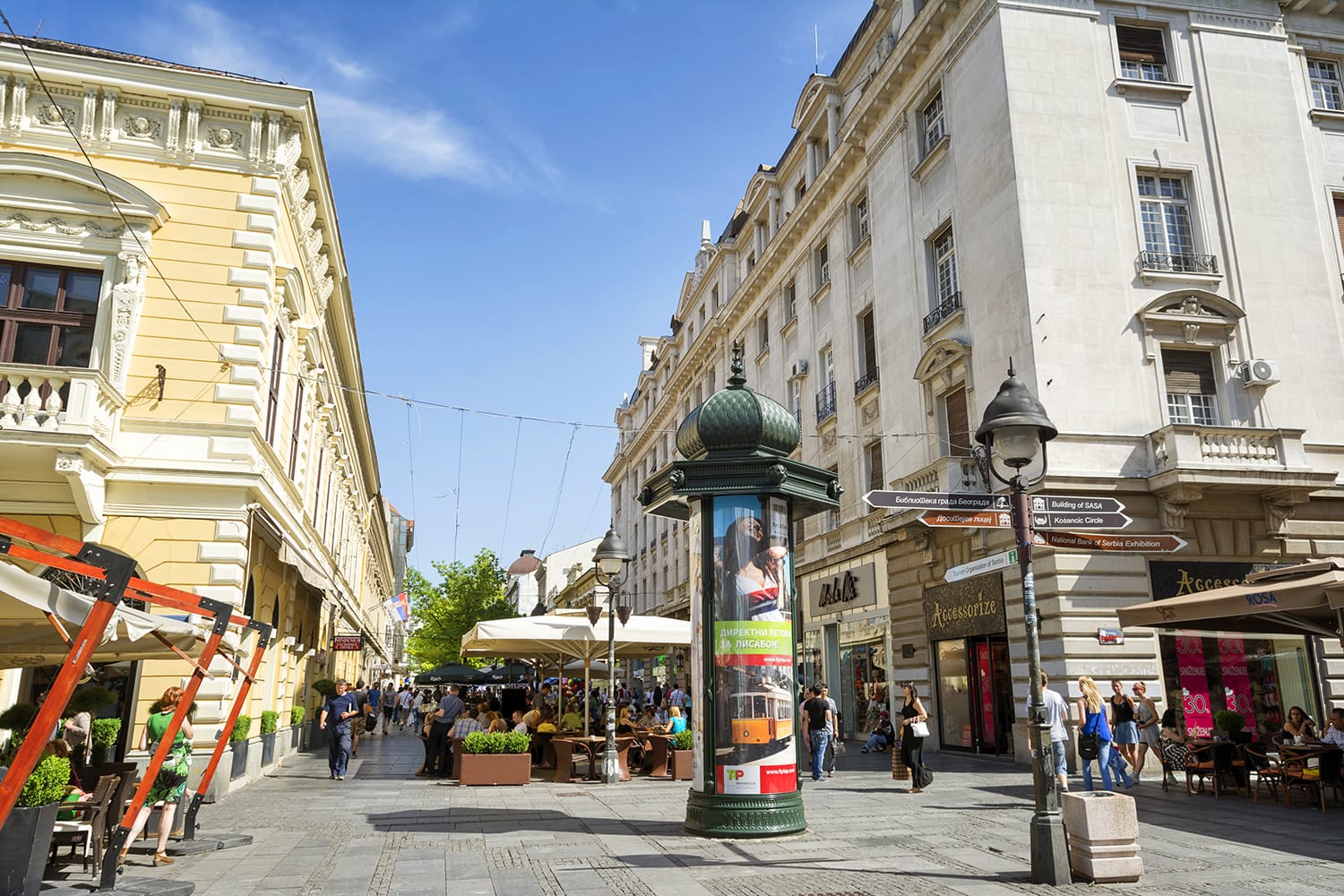
Belgrade Fortress
A major city landmark of historical importance is the imposing Belgrade Fortress, which overlooks the Danube and Sava rivers. The city really started on the site of the current fortress, well before the Romans arrived and seized control.
You can freely walk around the fortress to explore its various historical remnants, including several Ottoman-style buildings and the Ružica Church. The most popular spots are the points overlooking the rivers – such as the Vista Point, where you can see Pobednik (The Victor), a monumentto Serbia’s victories in the Balkan Wars and World War I. You may want to come back in the evening to watch the sunset here.
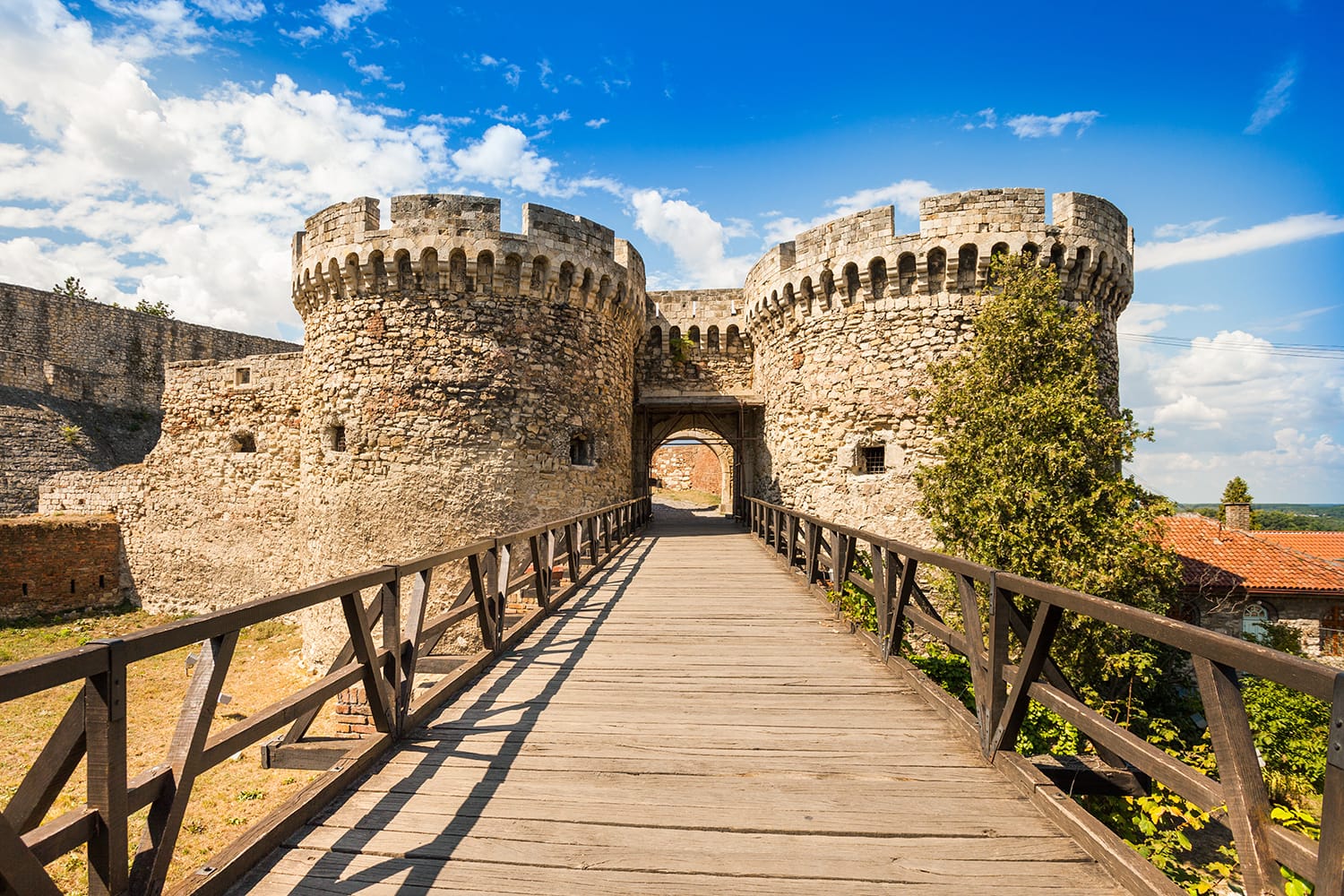
Kalemegdan Park
Surrounding the fortress is the vast Kalemegdan Park. This public park is always lively with people chatting on benches or strolling down its various paths. It’s also where you’ll find the Military Museum, which is just outside the fortress and hard to miss, with the tanks and heavy artillery around its walls. Spots that may appeal more to families include the Luna Park,which features classic rides such as bumper cars and a dragon coaster, and Belgrade Zoo.
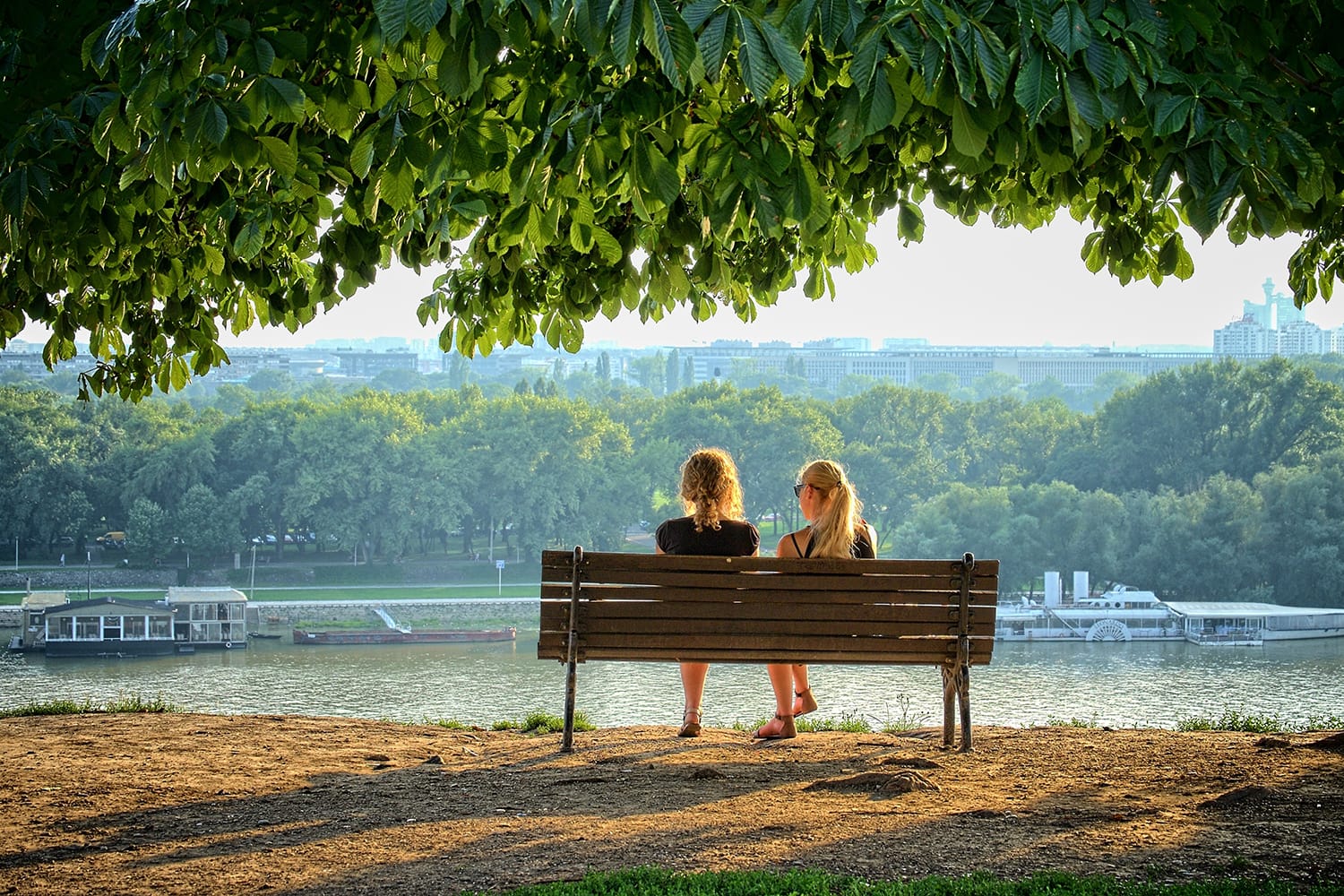
St. Michael’s Cathedral
Just off the southern end of Kalemegdan Park is one of Belgrade’s most important places of worship, St. Michael’s Cathedral. This Serbian Orthodox church dates back to around 1840, when churches of its kind were rare in Belgrade. Its distinctive tower with golden flourishes makes it easy to spot in the city’s skyline.
There’s more gold among the icons and reliefs inside the church. Even more important are the relics and graves, including the grave of Prince Miloš Obrenović and relics of Stefan Uroš V, a Serbian emperor and saint.
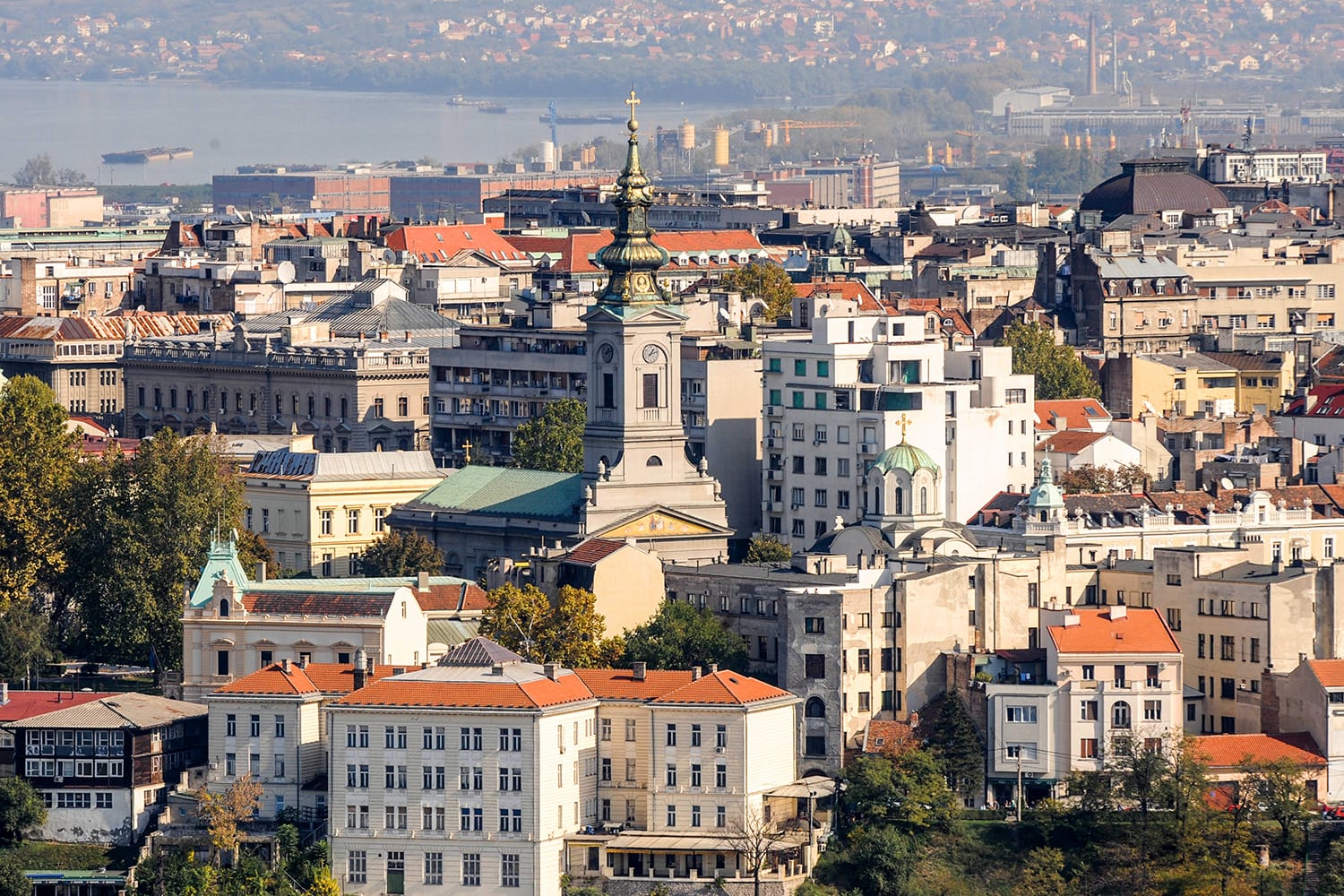
Princess Ljubica’s Residence
Just across the road from the cathedral is Princess Ljubica’s Residence. This very Balkan-looking palace was built in 1830 for the family of Miloš Obrenović. Given its grand purpose and how well preserved the palace is, it has become an important historical and cultural monument in Serbia. You can go inside to see the interesting mix of Ottoman and Serbian influences.
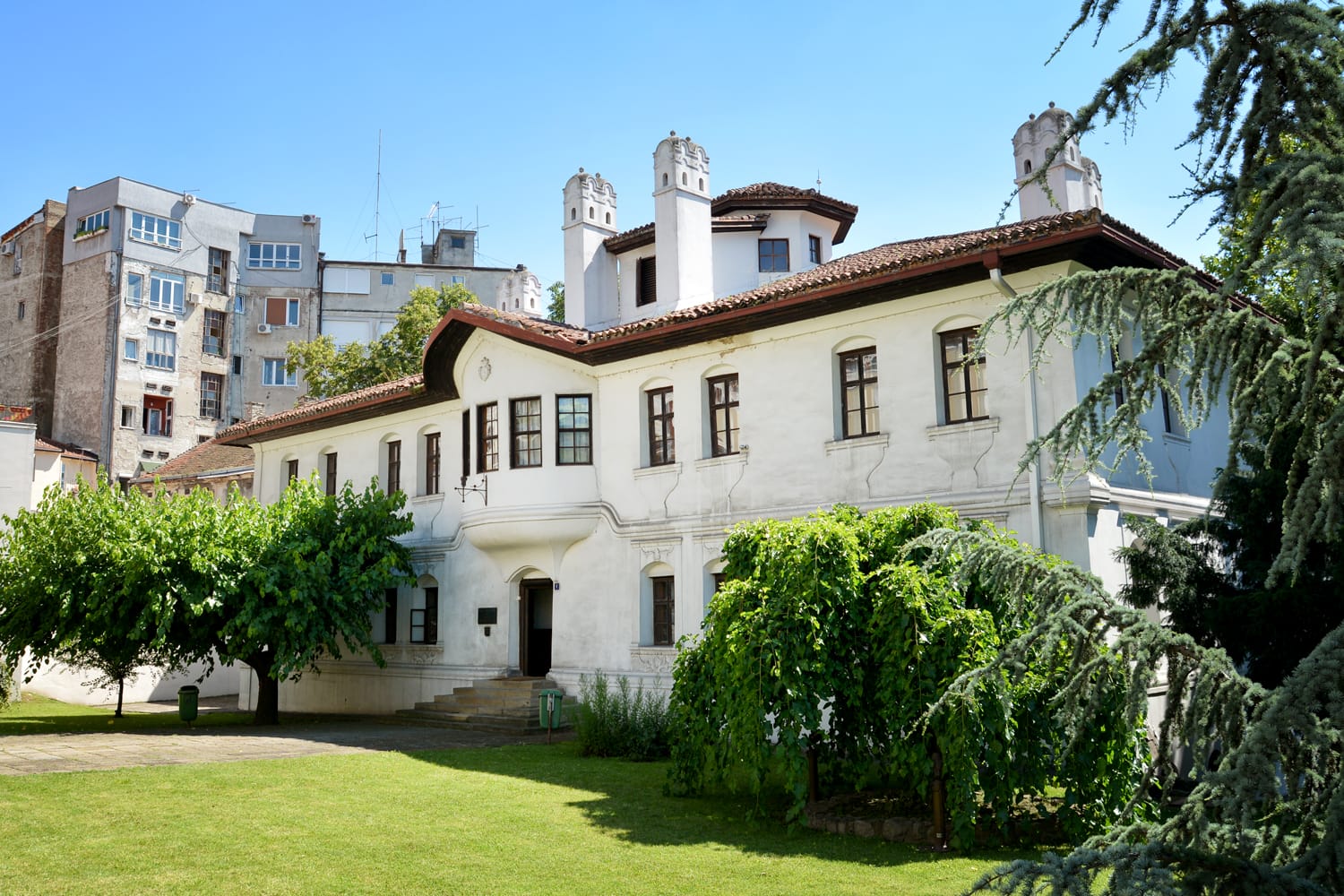
Terazije Square
Although it may not be apparent, Terazije is the official town square of Belgrade. Sitting alongside a major road through the city center, it’s really not much of a square, but it has a few noteworthy spots. There’s the stone Terazije Fountain, of course, but the more interesting sight is the large Hotel Moskva and its intriguing art nouveau architecture. With many green ornaments around the facade and roof, the design immediately catches the eye.
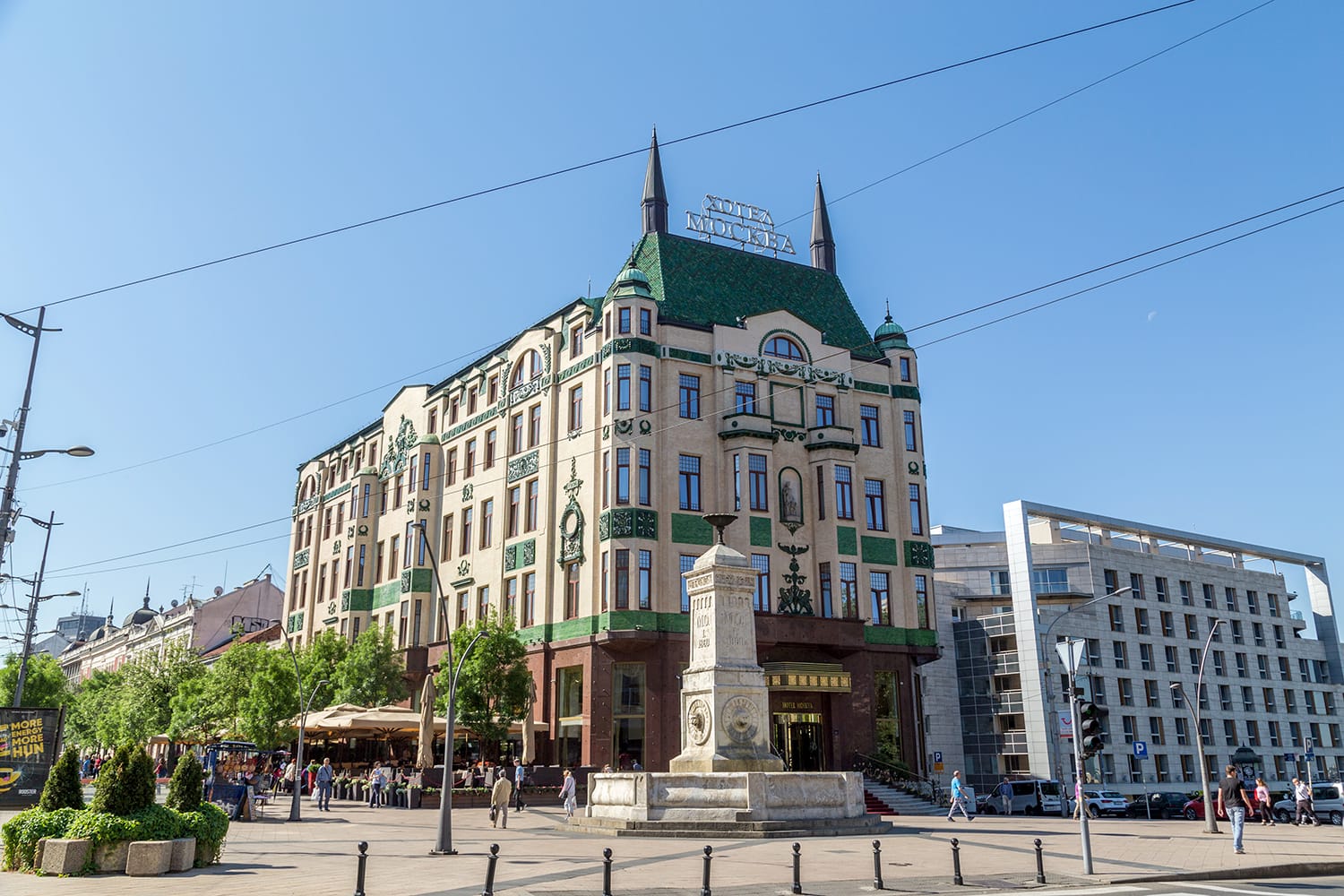
Skadarlija
Just northeast of Terazije is one of Belgrade’s most popular neighborhoods, Skadarlija. This car-free network of cobblestone streets is Belgrade’s bohemian quarter and has stayed largely the same as the city has changed around it. With greenery everywhere, colorful flower arrangements, and large murals, it makes a bold contrast to most of Belgrade.
Once much larger, the vintage area now mainly features Skadarska Street and a few side streets. Much of Skadarska Street is lined with restaurants that, while touristy, are still pretty good value.
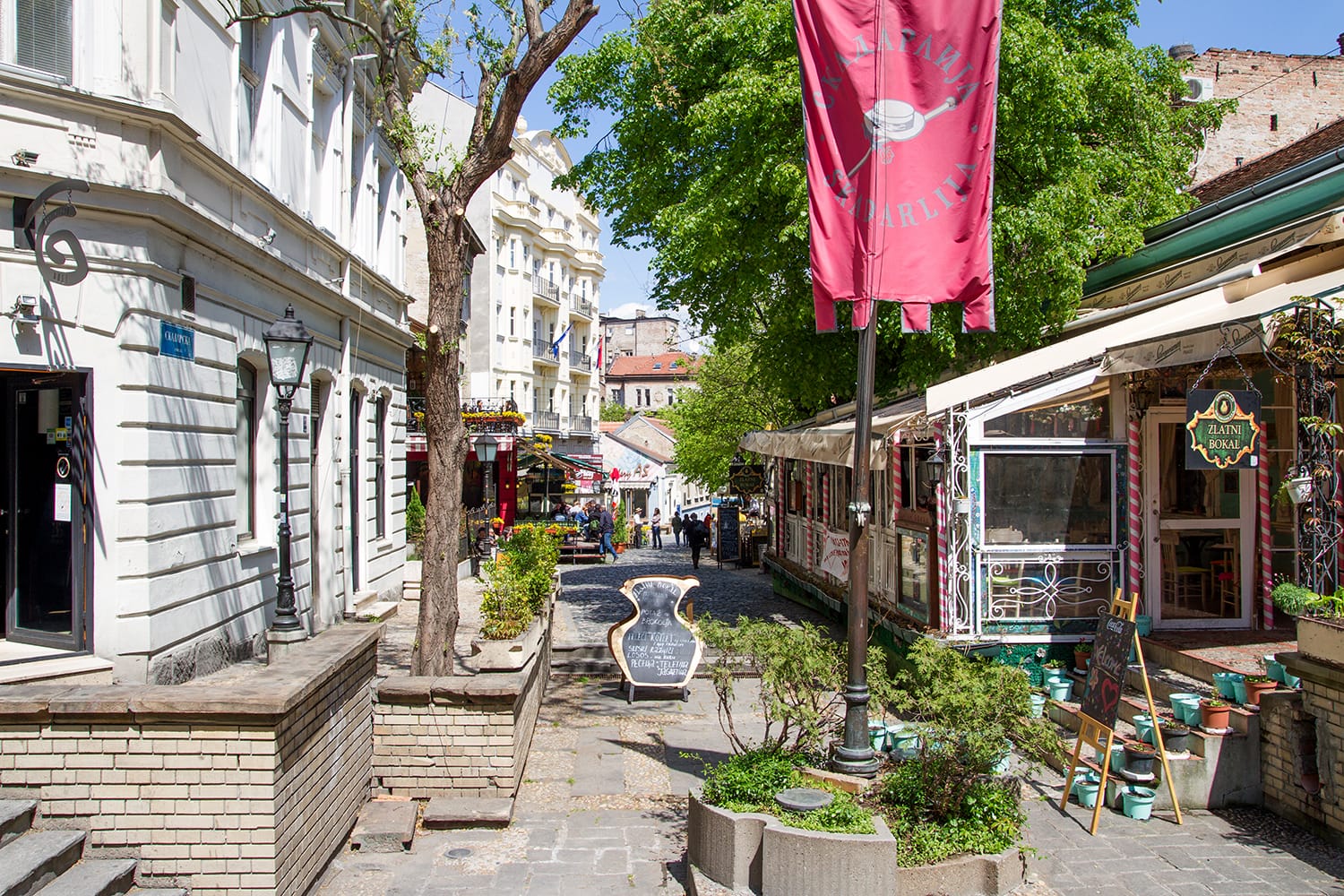
Splavovi Bars and Clubs
Belgrade is best known for its nightlife, so that’s likely where your attention will go as the day winds down. The best place to head for your night out is down to the riverfront barges and boats, known as “splavovi.” These restaurants, bars, and nightclubs floating down the Danube and Sava are Belgrade’s unique approach to nighttime fun. There’s a huge range of venues, such as Freestyler and Klub 20/44, so you’re bound to find one that’s your speed. Best of all, like most things in Belgrade, they’re affordable!
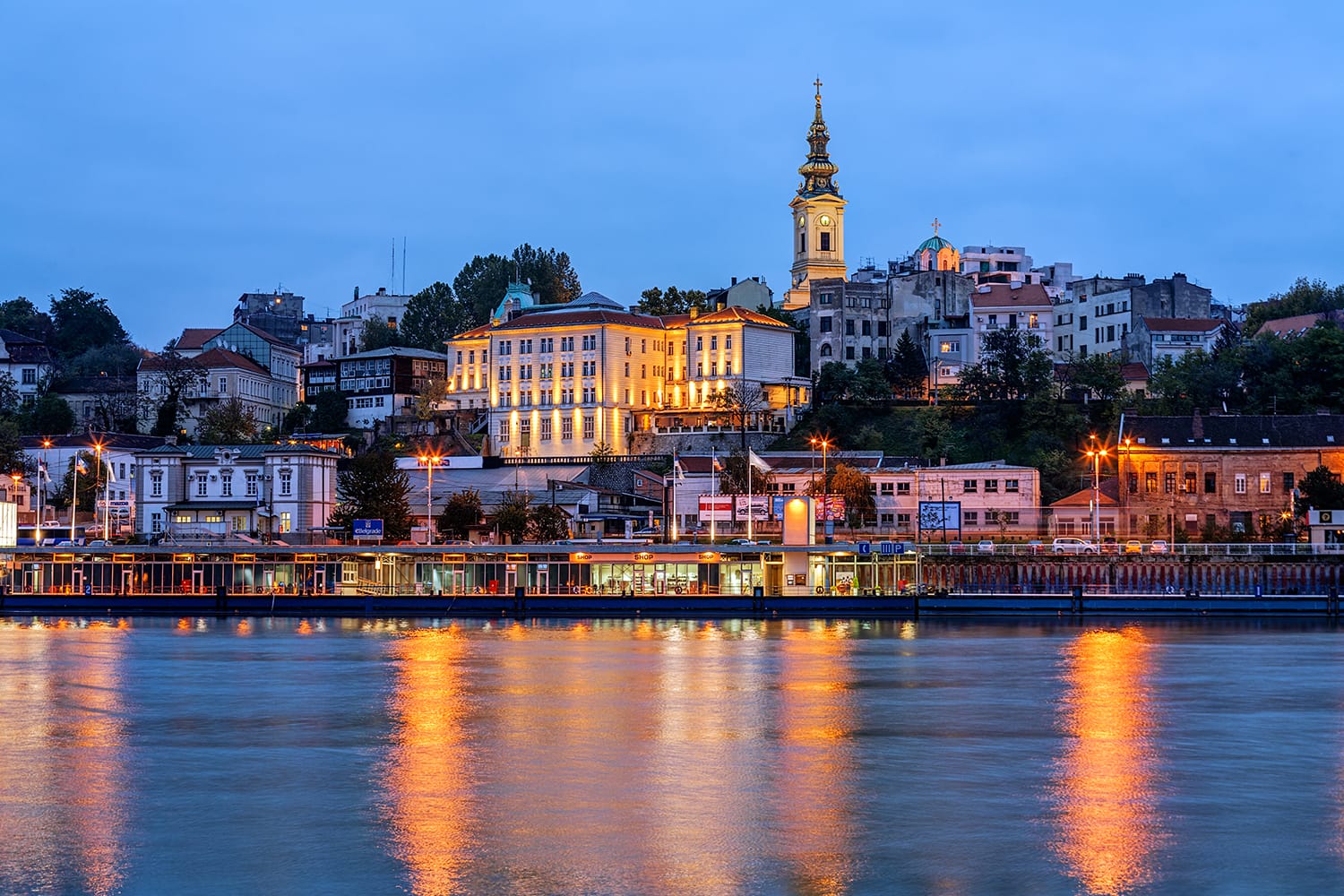
Day 2 in Belgrade
With your second day in the city, it’s time to explore a little farther from Stari Grad and take in some culture along the way.
Republic Square
Since this wasn’t on the itinerary for day one, it’s important to start day two with the Republic Square. This square just off Knez Mihailova Street really feels like the center of Belgrade. Surrounded by both elegant historic and Socialist-era buildings, you get the classic mix of the city’s architecture. Two of the nicer buildings here are the National Theatre and National Museum of Serbia, both overlooking the Prince Mihailo Monument. With people constantly passing through and filling the outdoor areas of nearby cafes and restaurants, this is a great place to feel the energy of the city.
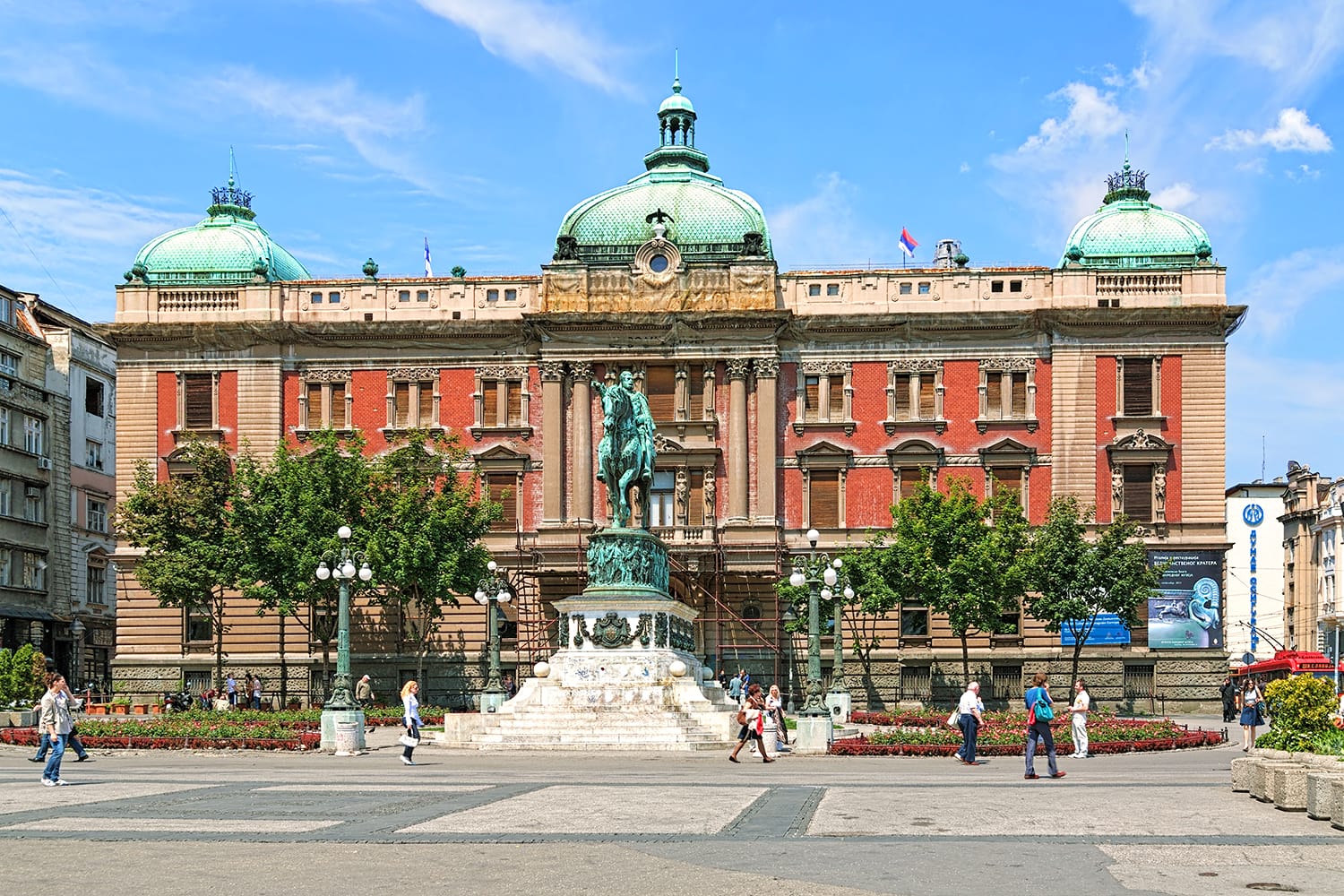
National Museum of Serbia
The National Museum of Serbia is right in front of you, so head in for your first chance to delve into Serbian culture. Here you’ll find exhibits that explore Serbia’s history and art, including archaeological artifacts that show the impact of the Greeks and Romans on the region. In addition to Serbian art, the galleries feature pieces from the wider Balkans and elsewhere in Europe. If it fits into your schedule, visit on a Sunday, when the museum has free entry.
Zeleni Vanac
Markets are always a good glimpse of local life, so head to Belgrade’s farmers market, Zeleni Venac, for your next stop. Under checkered red-and-white pavilion roofs, you’ll find grocers selling fresh produce and bakeries serving excellent Balkan pastries.
House of the National Assembly
Heading back up past Terazije, you’ll soon come to a pair of grand old buildings that were each a palace for a different royal family. Called the Old Palace and the New Palace, they’re an interesting pair, but not quite as lovely as the magnificent House of the National Assembly of the Republic of Serbia, which you’ll reach by passing the palaces through Pionirski Park. You can’t go inside this stately Beaux-Arts building, as it’s home to the Serbian Parliament, but can appreciate its beauty from the street.
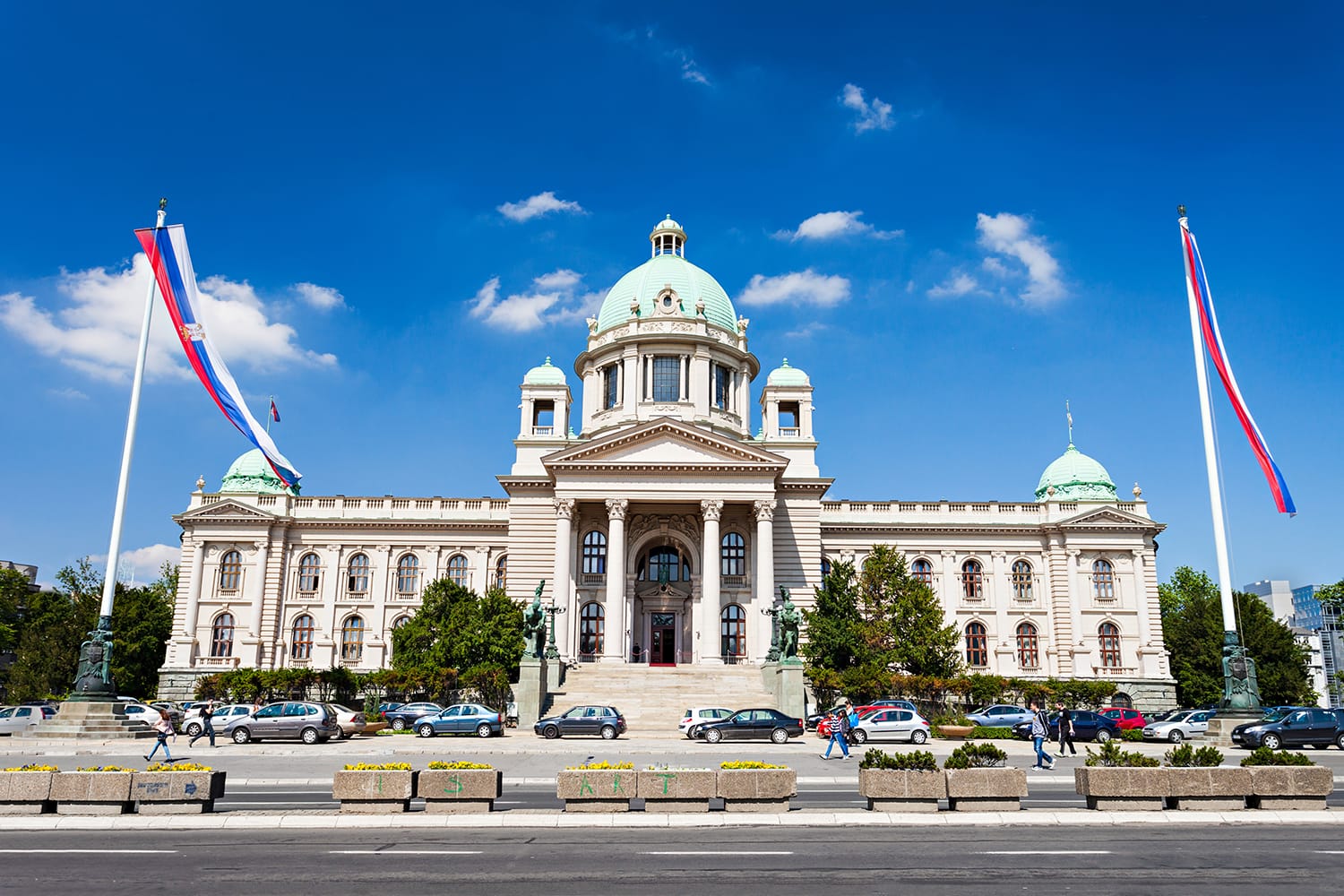
St. Mark’s Church
Just a short walk away from the House of the National Assembly is St. Mark’s Church, another Belgrade church you won’t want to miss. As a relatively modern church, it may be short on history, but its massive frame and neo-Byzantine design make it quite the sight. Head inside to see its various frescoes and icons.
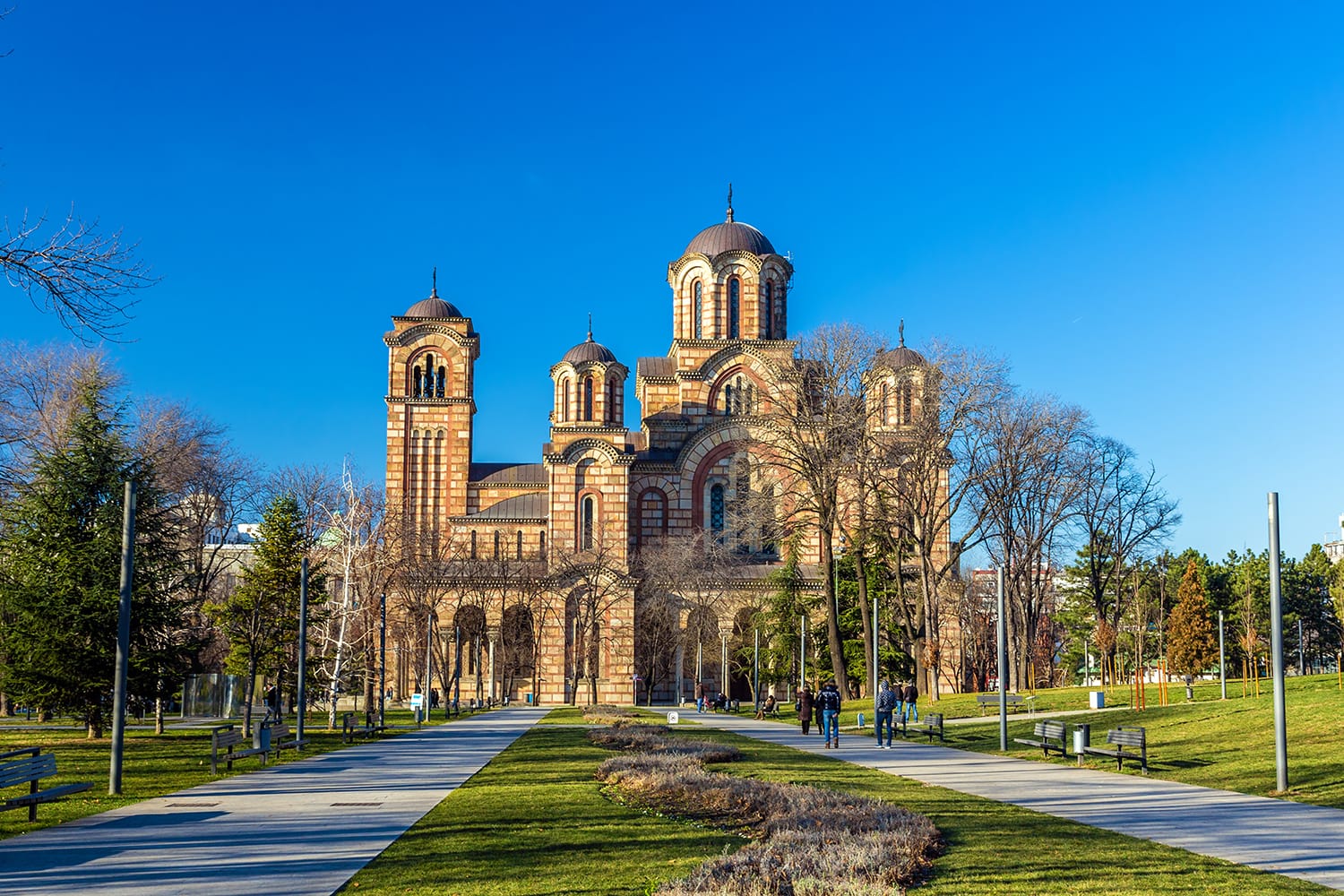
Nikola Tesla Museum
One of the most famous Serbians in the Western world is inventor and electrical engineer Nikola Tesla. It seems only right to visit the museum named in his honor and pay your respects while you’re in Belgrade. Yes, this museum actually holds Tesla’s remains, inside a golden sphere on display. The exhibits chronicle his life and offer interactive displays that let you explore the focus of his work, electricity, through various faithful reproductions.
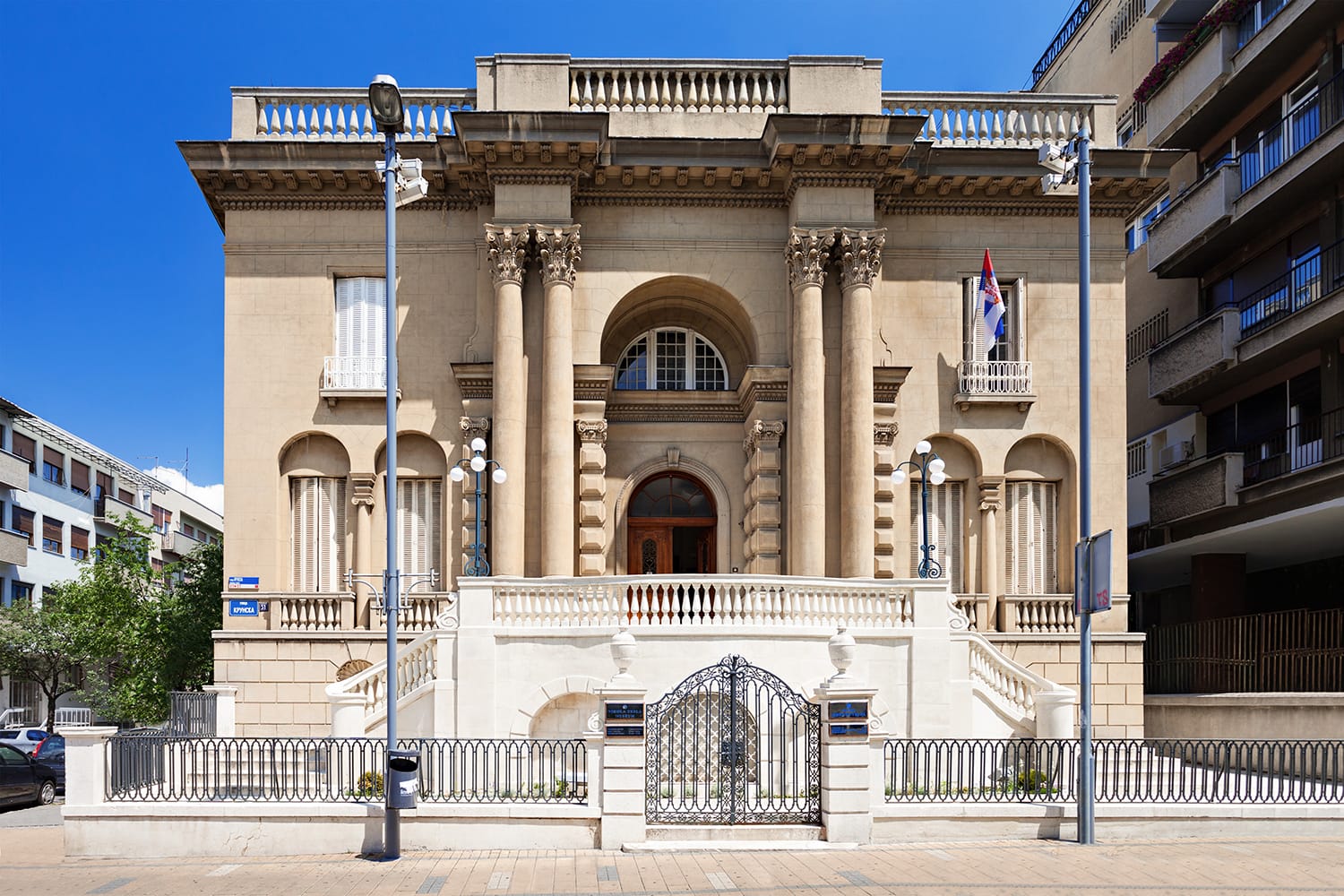
Church of St. Sava
While you’ve visited a few churches so far, you haven’t seen one quite like the enormous domed Church of St. Sava. This is one of the largest Orthodox churches in the world and dedicated to the founder of the Serbian Orthodox Church. It’s hard not to be impressed by the gleaming white stone and sheer size of the church from the outside. It somehow feels even larger from the inside, though, and you won’t believe the lavishly grand crypts below.
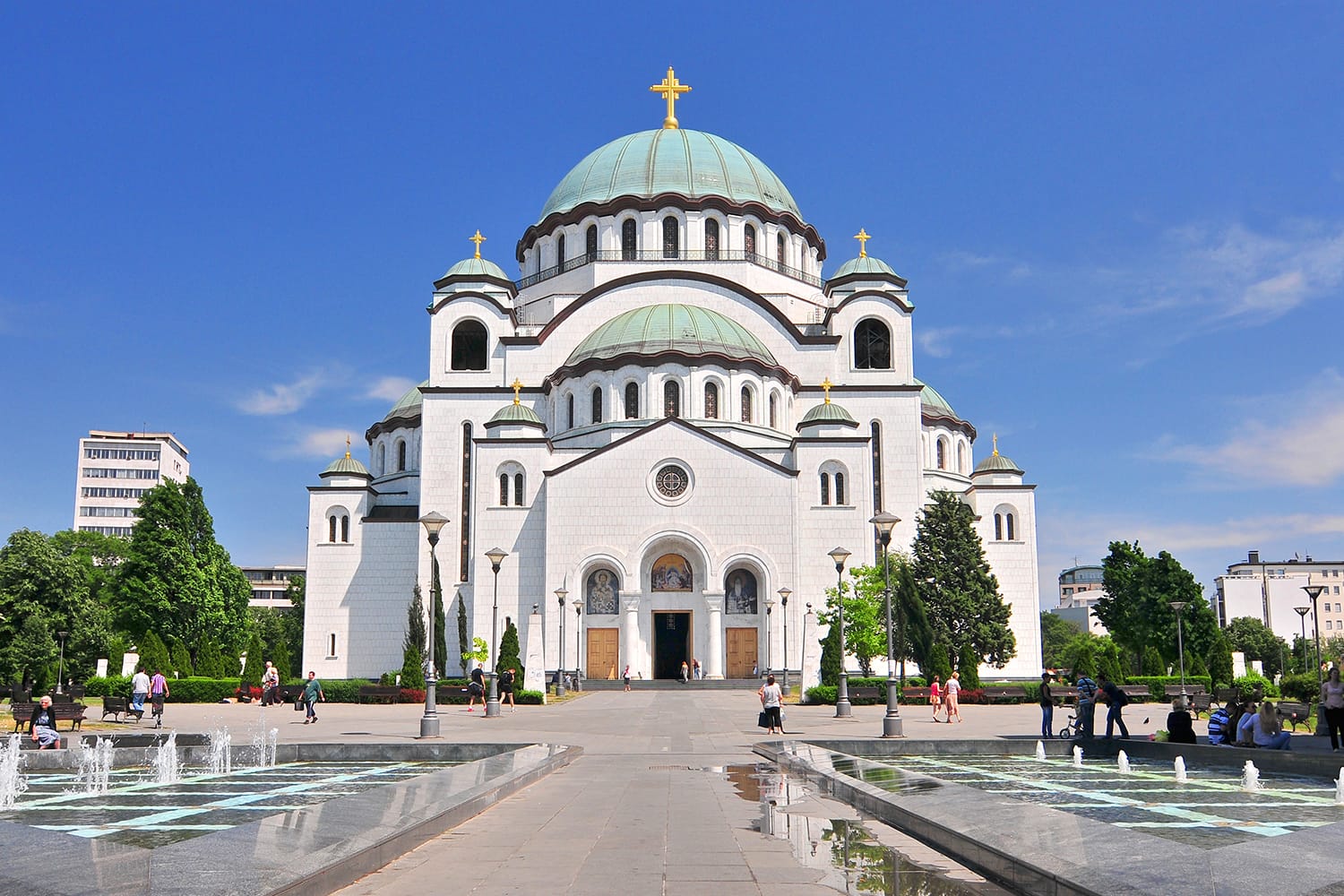
Zemun and Novi Beograd
Having spent so much time on one side of the rivers, let’s head across the Sava to explore a couple other parts of the city, Zemun and New Belgrade (Novi Beograd). Once a town of its own, Zemun was incorporated into the city when New Belgrade began development. Both districts provide a little insight into local life in Belgrade and a nice change of pace from the busy city center.
As you go, you may notice a few buildings that still show damage from the 1999 NATO bombings. A nicer sight is Zemunski Kej, a promenade along the Danube that’s one of the popular spots in Zemun. You may also want to visit Zemun’s Gardoš Tower, as it boasts not only an interesting design, but also a small exhibit on local history and a nice view over the nearby rivers. Zemun and New Belgrade are both big districts, so there’s a lot more to do in each of them if you have time, but those are some good places to start.
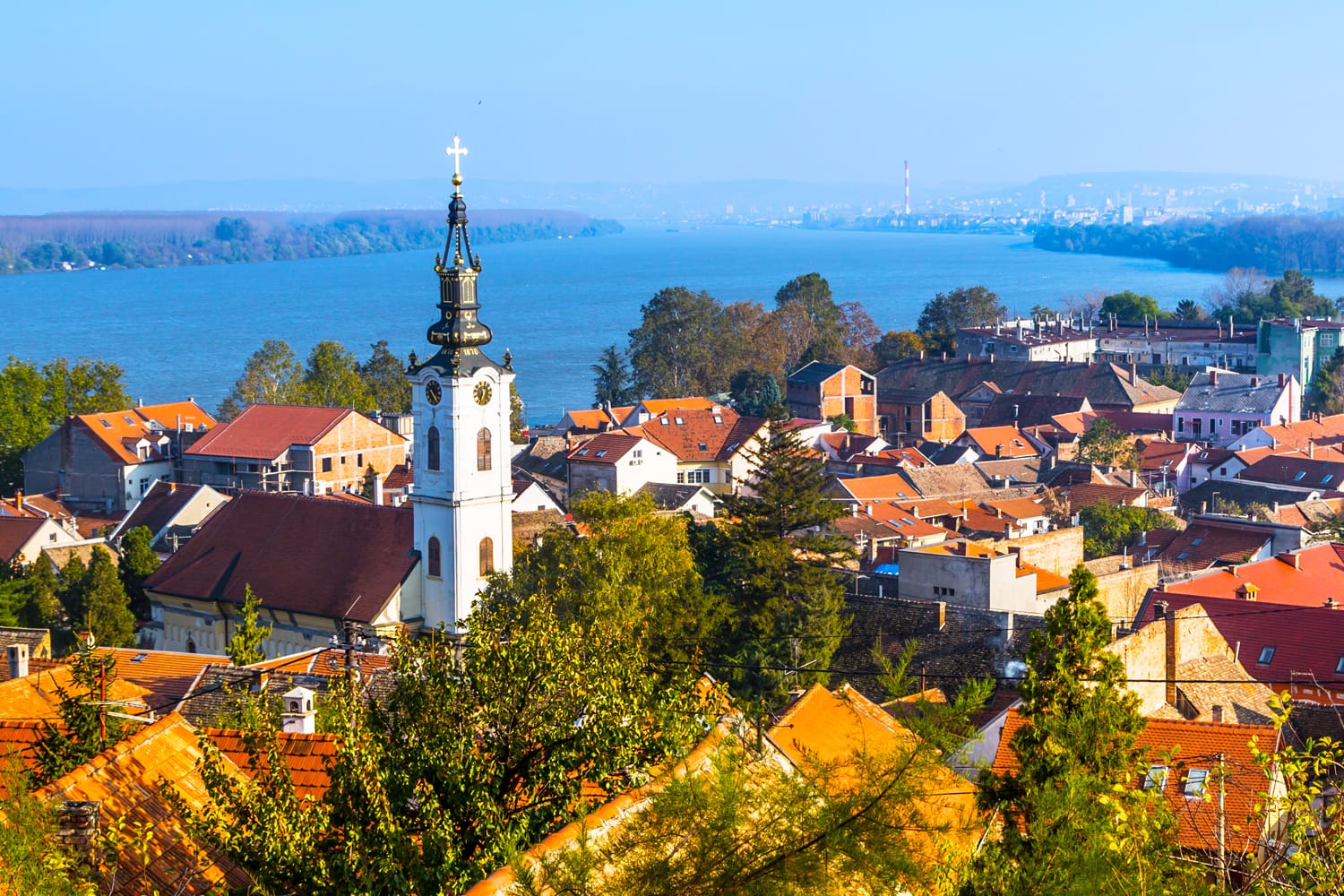
So ends our guide to the Serbian capital! We’re confident that following this itinerary will give you a great feel for Belgrade in two days and make you glad you went.
Have more than two days in Belgrade? Check out our article on the best day trips from Belgrade next.
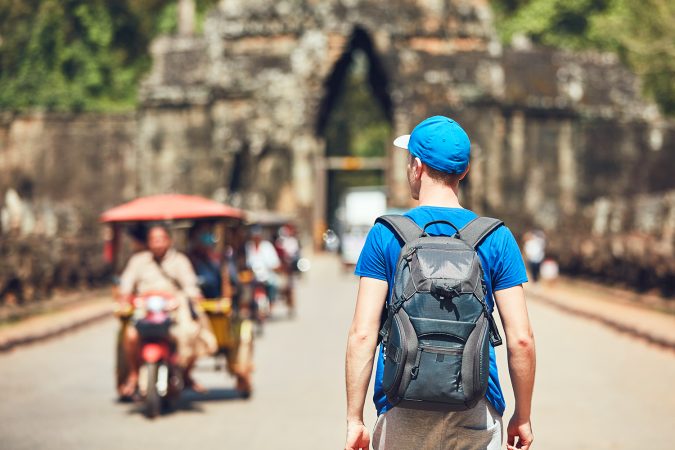
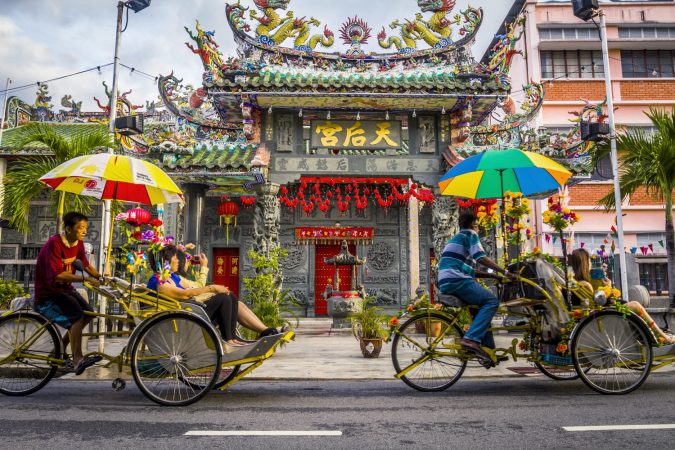
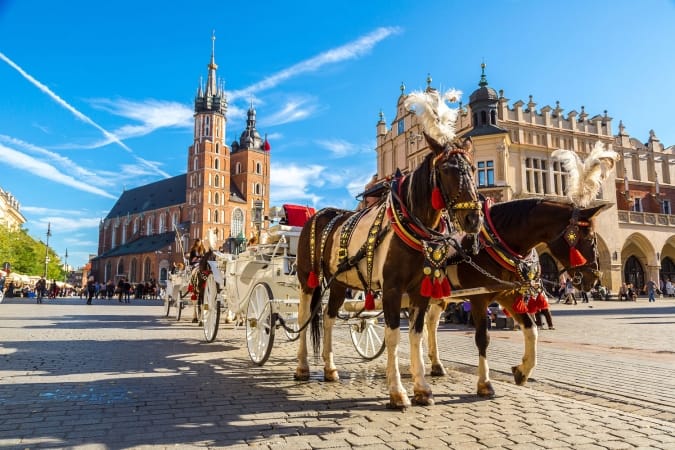
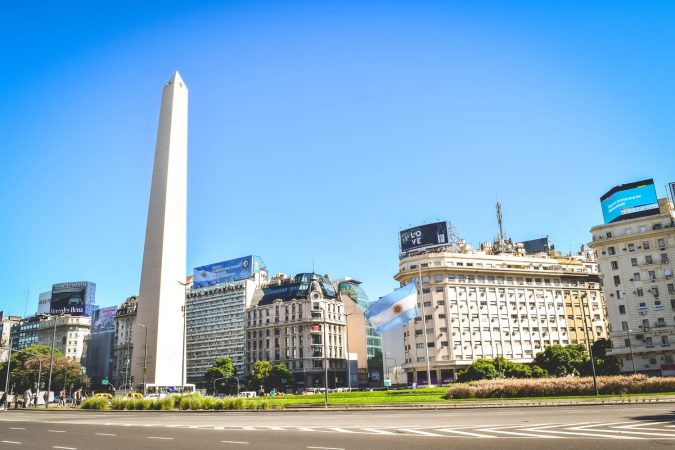
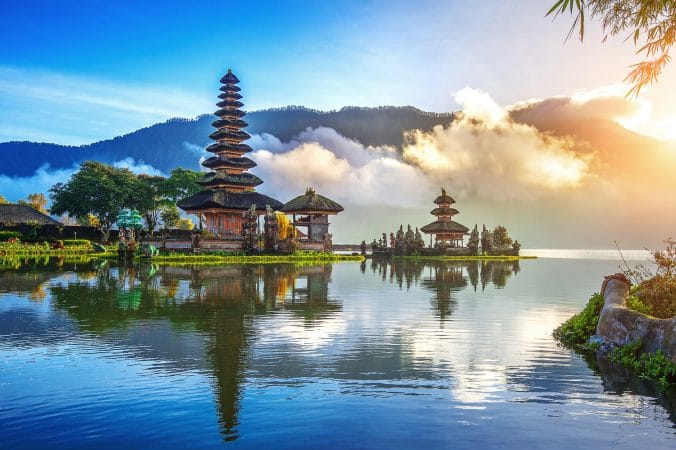
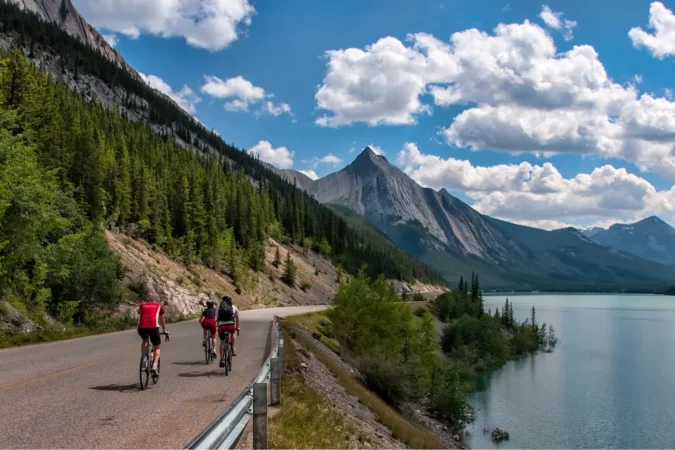
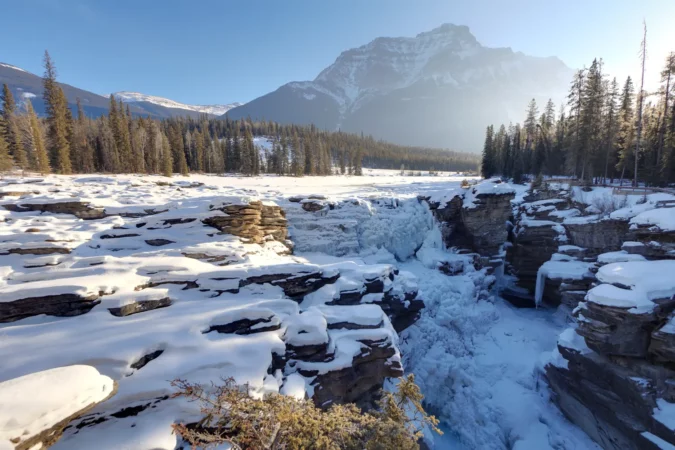
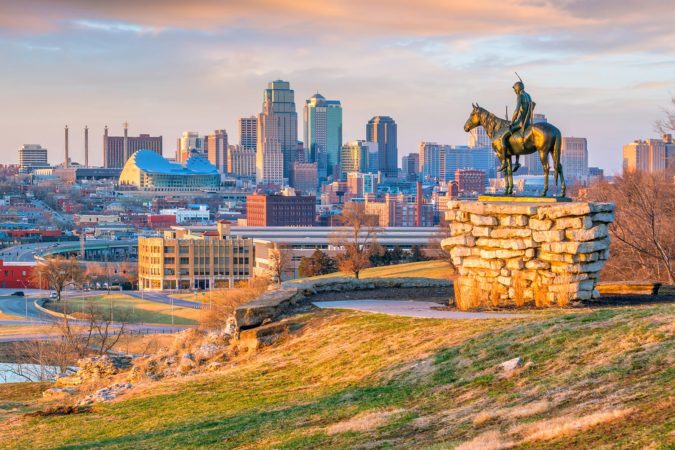
Comments